"Rescue" renewable energy projects
That is the opinion shared by Dr. Ha Dang Son, Director of the Center for Energy and Green Development, at the Online Seminar on Electricity Prices. Evaluating the "hot" Power Plan 8 that has just been approved, Mr. Son commented: "This is an important basis for implementing power source projects to meet the ever-increasing demand of the economy and society, solving the problem of power source structure, combining renewable energy with traditional sources such as coal power, gas power... At the same time, the plan is the legal basis for implementing a series of investment projects to expand power transmission projects, an important legal basis for Vietnam Electricity Group (EVN) to solve difficulties in prices and policies related to renewable electricity; solve the capacity of solar power (DMT) and wind power projects that are facing difficulties and develop rooftop solar power. The goal is that by 2030, 50% of office and household roofs nationwide will be covered with solar panels, meeting the demand for self-consumption electricity".
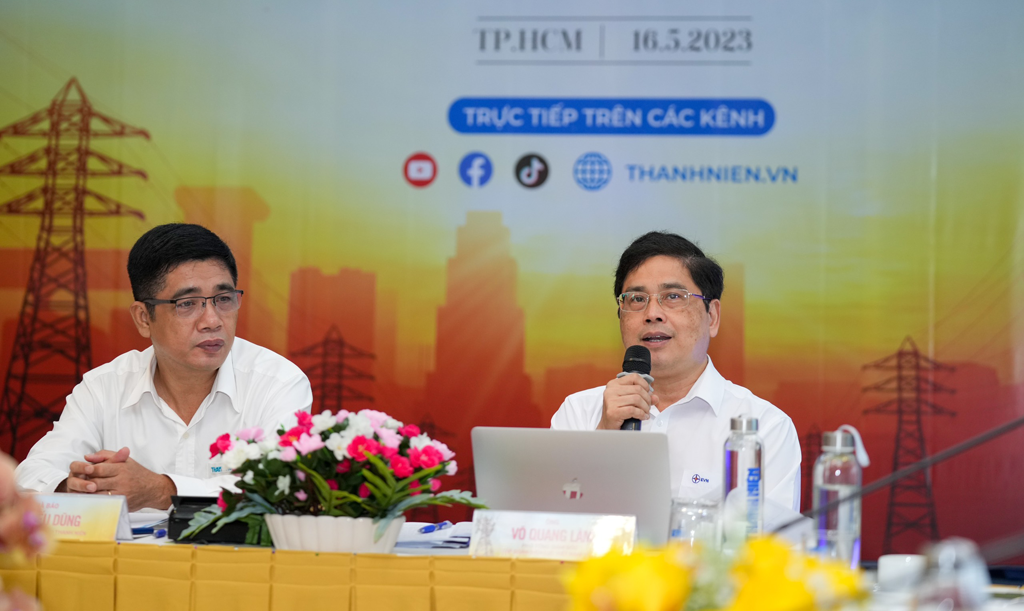
Journalist Lam Hieu Dung (left), Deputy Editor-in-Chief of Thanh Nien Newspaper, and Mr. Vo Quang Lam, Deputy General Director of EVN, at the online discussion on electricity prices on May 16.
Responding to questions from many readers about the waste of renewable energy sources and the legality of 85 transitional solar power and wind power projects waiting to sell electricity, Dr. Ha Dang Son said that these 85 projects have been added to the revised Power Plan 7. In principle and if there are no changes, these projects will be included in the newly issued Power Plan 8. For more information, Mr. Vo Quang Lam, Deputy General Director of EVN, said that 31/85 projects have worked with the group's Power Trading Company. Of these, 15 projects have agreed with the Power Trading Company, completed the documents and are negotiating prices, 11 projects have not submitted complete documents and need to clarify some issues related to the project's legality; and 5 new projects have submitted documents and are under consideration.
However, the biggest challenge in implementing Power Plan 8, according to Dr. Ha Dang Son, is how to ensure Vietnam's international commitments on reducing electricity and greenhouse gas emissions while ensuring social security and energy security, especially adjusting costs related to electricity supply in line with the international situation and people's ability to pay.
According to Mr. Son, wind power and solar power projects built and deployed in the past have very large capacity, but in reality, the actual electricity generation statistics are not very stable, depending on many factors. For example, solar power has a generation time of 6 - 18 hours, the peak is in the period of 9 - 13 hours, which is not suitable for the electricity consumption characteristics of ordinary households. Meanwhile, wind power depends on the characteristics of each area where the project is built. Currently, the power generation capacity of this source in the period of April and May only reaches about 10 - 20% of capacity.
"The above data shows that the actual supply of wind and solar power sources is very limited and it is difficult to expect a stable power source to meet the increased demand during the hot season," Mr. Son commented.

Online discussion on electricity prices organized by Thanh Nien Newspaper attracts readers from many walks of life
The risk of rotating power outages is very high.
One issue that many readers are concerned about is the risk of power shortages and rotating power outages. In fact, this situation has occurred in many provinces and cities. Deputy Editor-in-Chief of Thanh Nien Newspaper, journalist Lam Hieu Dung, emphasized: "We have been experiencing historic hot days. Therefore, the issue that people are most concerned about right now is the power supply. Recent information from EVN shows that the risk of power shortages in both the North and the South is very high. In the context of extreme weather like this, the risk of power outages makes many people worried."
Responding to this issue, Mr. Vo Quang Lam said: "Through the calculation of supply and demand balance, if enough coal is provided for power generation, the national power supply will basically be ensured during the dry season and the whole year". Currently, the load demand in the South is decreasing compared to 2022, there is no shortage of sources like in the North. However, for the Northern region, there is a potential risk of peak capacity shortage when there is an overlapping incident during hot days, the load growth is suddenly high.
However, it is not possible to mobilize all the southern sources to transmit to the North due to the transmission capacity limit of the transmission line system. Statistics show that in the period from April to June, the North is likely to face a situation where it cannot meet the peak load with the largest estimated capacity shortage of up to 3,900 GW in June if the weather is unusually hot locally (assuming a 15% growth) and some power sources do not meet the operational requirements such as Thai Binh 2 Thermal Power Plant, Unit S1 of Vung Ang 1 Plant (which is having a prolonged problem), and imported power sources from Laos cannot operate in time in June.
For example, 6.5 is a weekend and electricity consumption has reached 895 million kWh/day - a very high record compared to the past, an increase of more than 12% compared to the same period in 2022. "The overall picture is not simple when hydroelectric reservoirs are having quite low water levels. Specifically, 12/12 hydroelectric reservoirs in the North have water levels of only 50 - 60% compared to the annual average; the South or Central region also has many reservoirs such as Tri An, Dak R'Tih, Song Con 2... with very low water levels and many reservoirs are near dead water level or below the minimum operating water level... Besides, according to this year's forecast, there is a high possibility that the El Nino phenomenon will come early from the end of 2023 and last until 2024, affecting the amount of water in hydroelectric reservoirs, causing difficulties for electricity production", Mr. Lam said and acknowledged the risk of rotating power outages on hot peak days, not meeting peak load... is very high.
Leaving open the possibility of further electricity price increases
One of the most interesting issues for readers is why EVN chose the hot season to increase electricity prices, causing the electricity bill to double. Mr. Vo Quang Lam explained: "Every year, after checking EVN's electricity production and business costs, the average electricity price is reviewed and adjusted according to objective fluctuations in input parameters of all stages compared to the parameters used to determine the current average electricity price. The most recent time, EVN adjusted the electricity price was on March 2, 2019. That means that in the past 4 years, the retail electricity price has not been adjusted according to Decision 24/2017 of the Prime Minister. Therefore, EVN has encountered many difficulties in ensuring production and business to supply enough electricity for the national economy, facing the trend of continuously increasing world fuel prices".
This sharing also makes many people worried, with a loss of more than 26,000 billion VND, increasing electricity prices by 3%, EVN will have about 8,000 billion VND more, and with 18,000 billion VND in losses hanging there, will the electricity industry continue to increase prices? Mr. Vo Quang Lam explained: 2022 is also a year of sudden increase in input materials. If 1 ton of coal purchased in 2020 costs about 60 USD, in 2021 it increases to 137 USD and by 2022 it jumps to 384 USD/ton. Thus, compared to 2020, it has increased more than 6 times, compared to 2021 it has increased about 3 times. In the first 4 months of the year, raw material prices have decreased, such as the price of imported coal from Indonesia is 87% compared to last year.
"However, according to Decision 24, electricity price adjustments can only be made every 6 months and must be approved by competent authorities. The increase in electricity prices is based on costs that are reviewed and controlled by competent authorities. We are aware that the difficulties of the group are also common difficulties. Therefore, any change must harmonize the interests of the group, the people, and businesses," Mr. Vo Quang Lam shared.
"Vietnam has a lot of room to save electricity. If every citizen and business can make a small adjustment in the way they use electricity, they will save a lot. For example, during Earth Hour, just turning off unnecessary electrical devices can save about 500 million kWh in one hour."
Mr. Vo Quang Lam, Deputy General Director of EVN
Source link


![[Photo] Dong Nai people warmly welcome the forces participating in the parade](https://vstatic.vietnam.vn/vietnam/resource/IMAGE/2025/4/5/ebec3a1598954e308282dcee7d38bda2)




![[Photo] Hanoi flies flags at half-mast in memory of comrade Khamtay Siphandone](https://vstatic.vietnam.vn/vietnam/resource/IMAGE/2025/4/5/b73c55d9c0ac4892b251453906ec48eb)











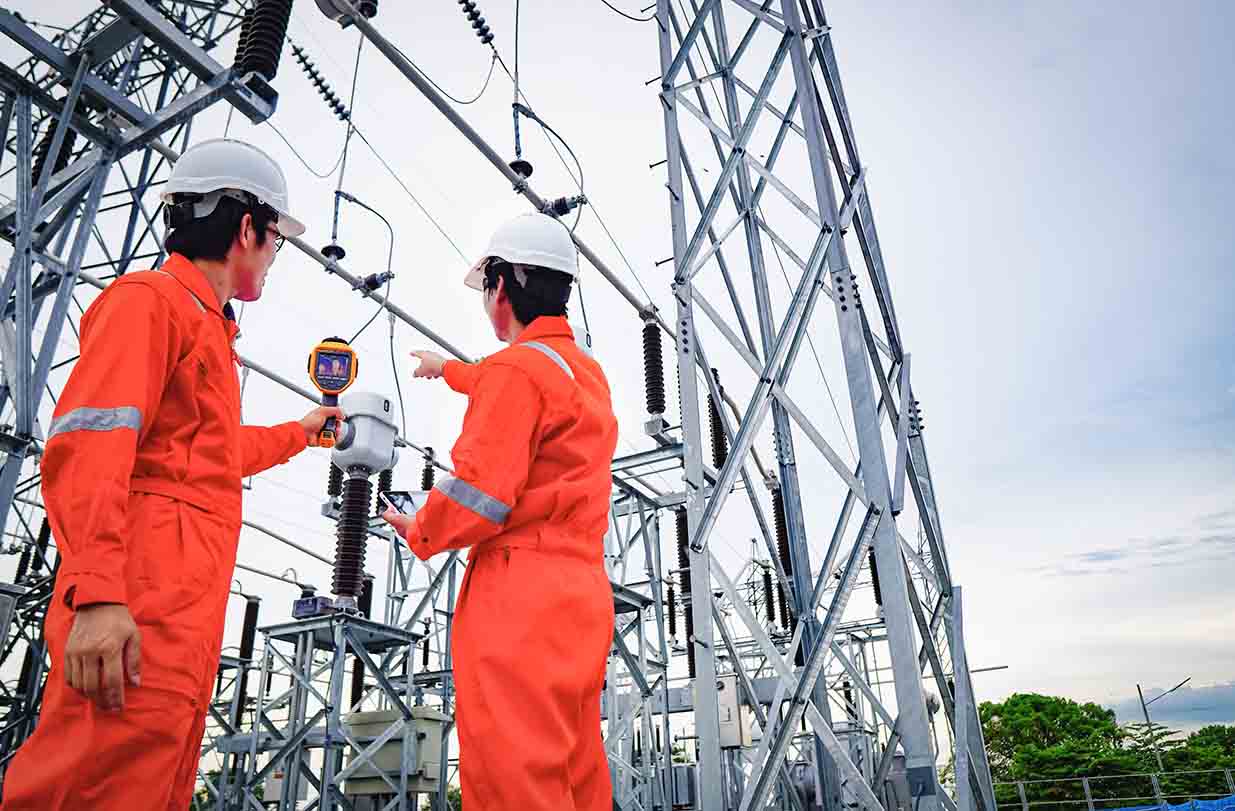
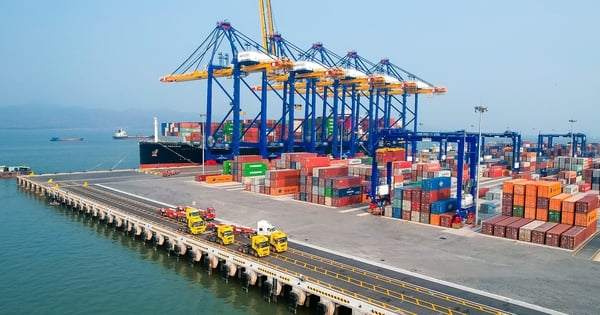





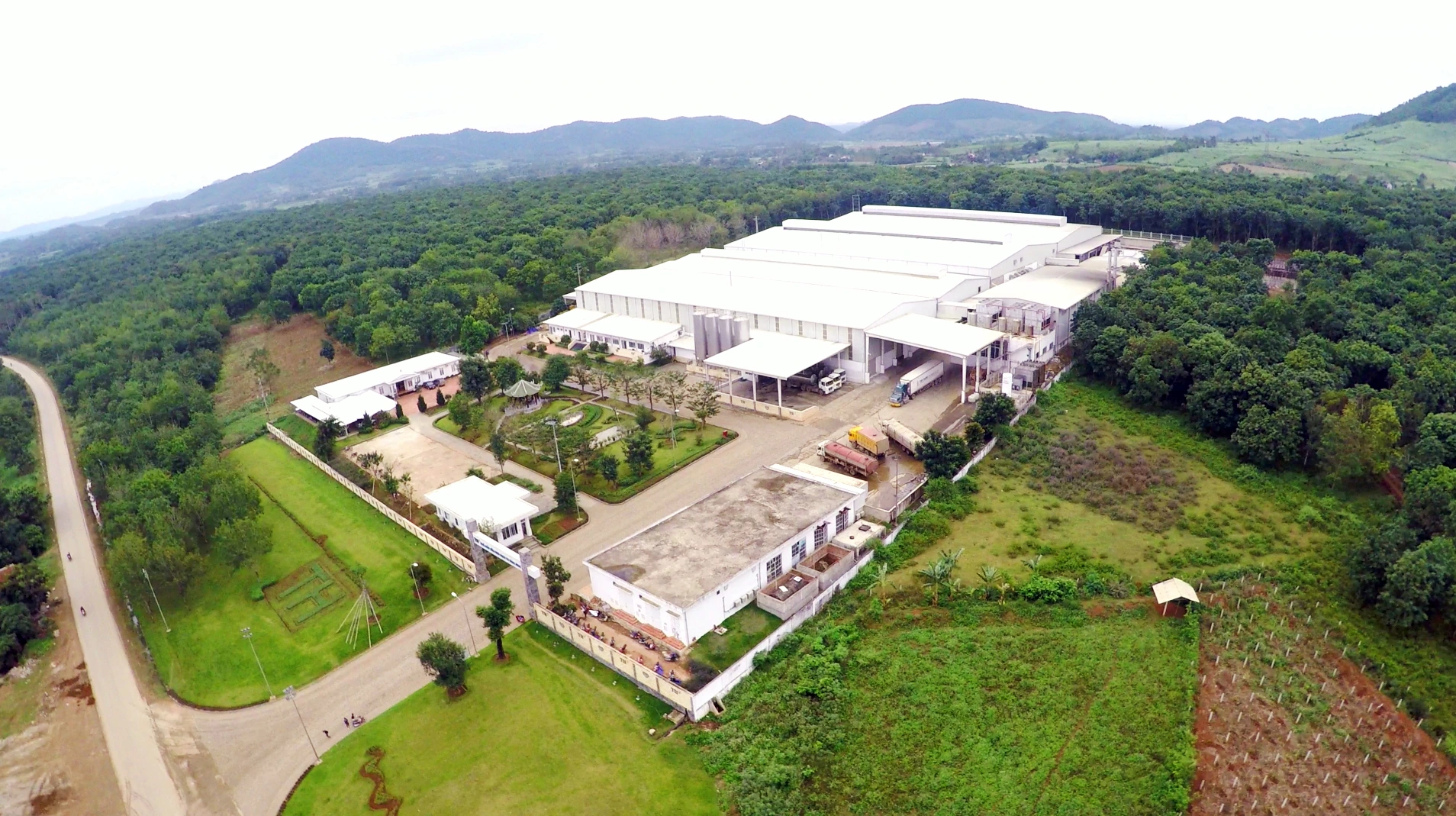



![[Photo] Prime Minister Pham Minh Chinh meets with President of the Republic of Burundi Evariste Ndayishimiye](https://vstatic.vietnam.vn/vietnam/resource/IMAGE/2025/4/4/979010f4c7634f6a82b8e01821170586)
























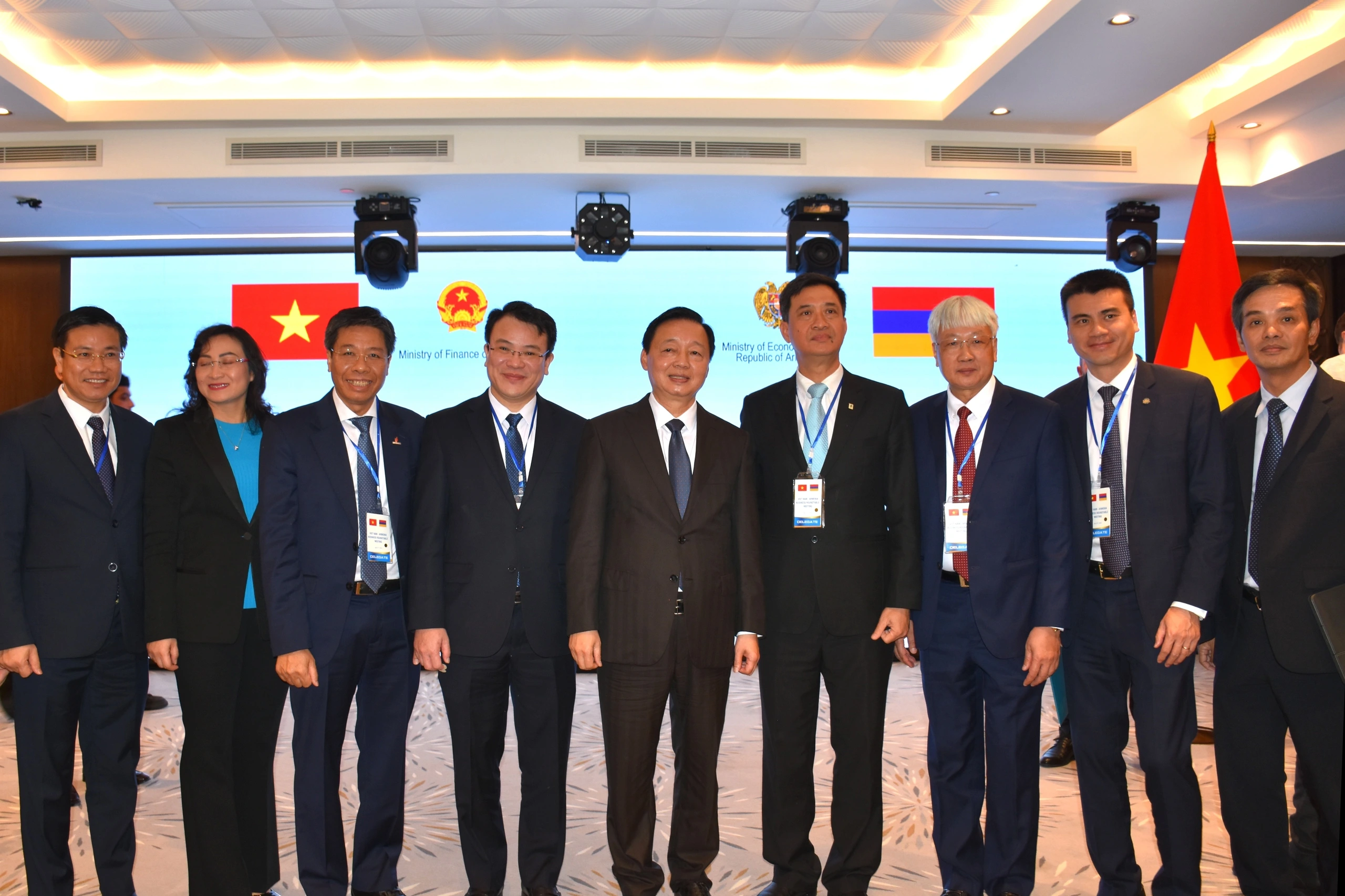





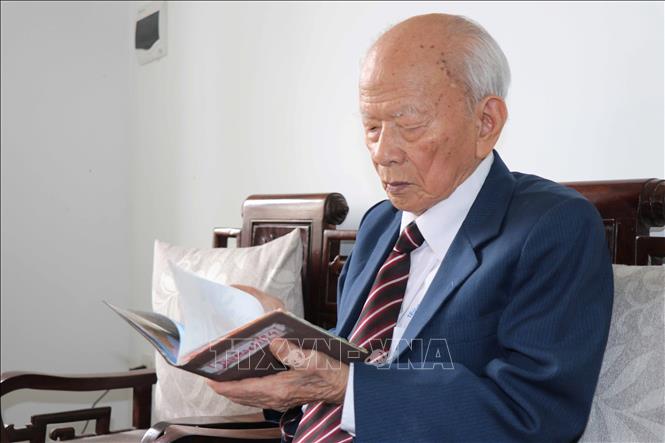






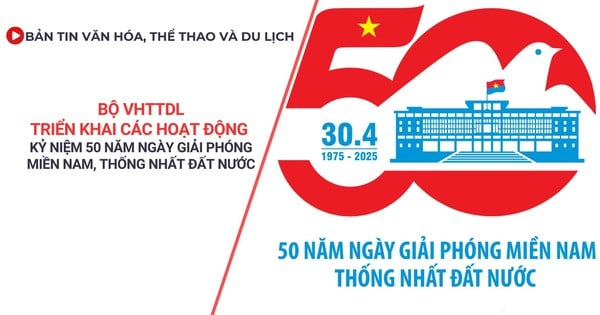










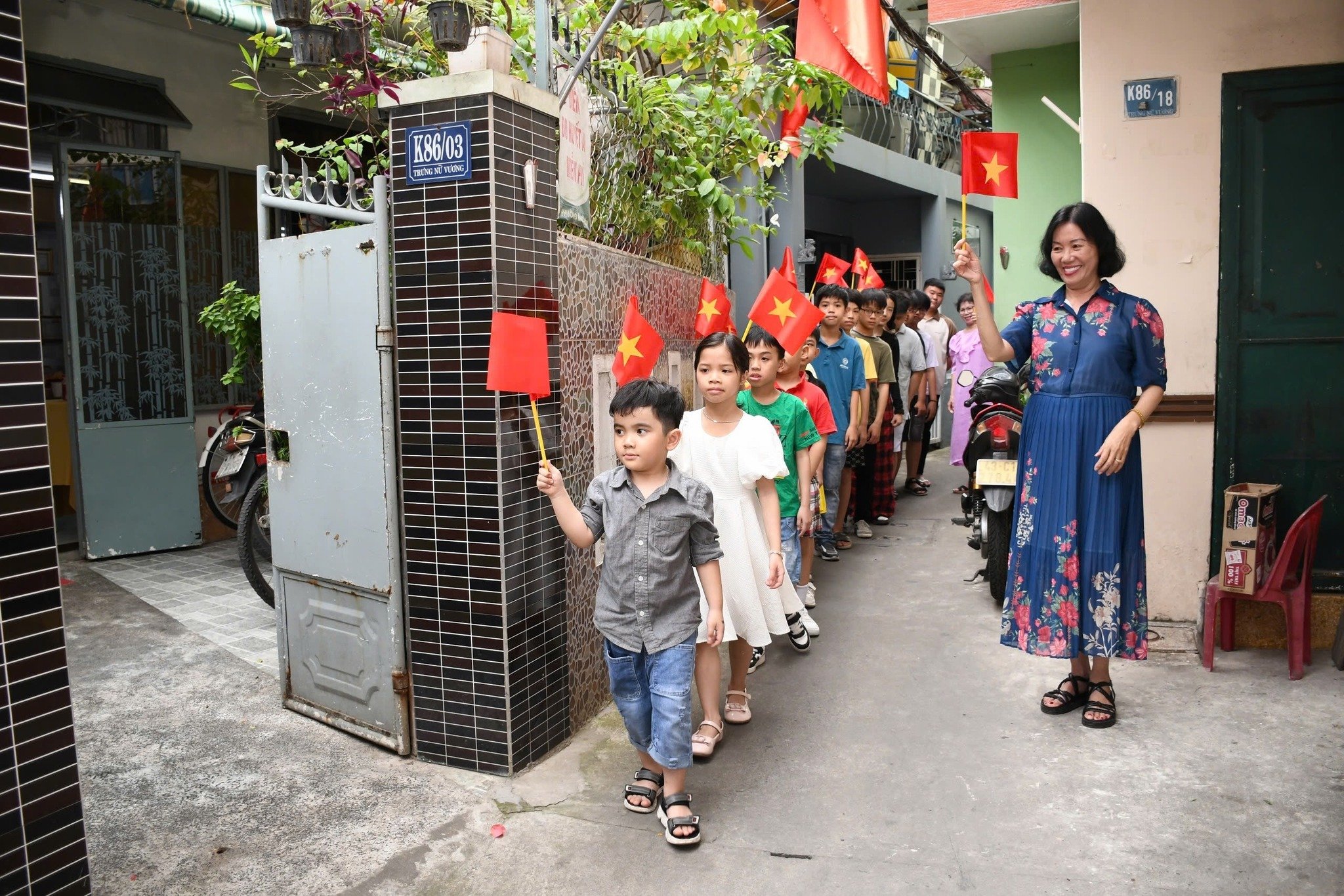







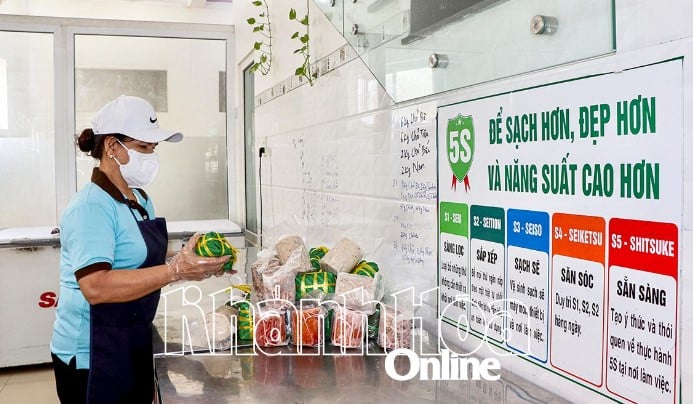

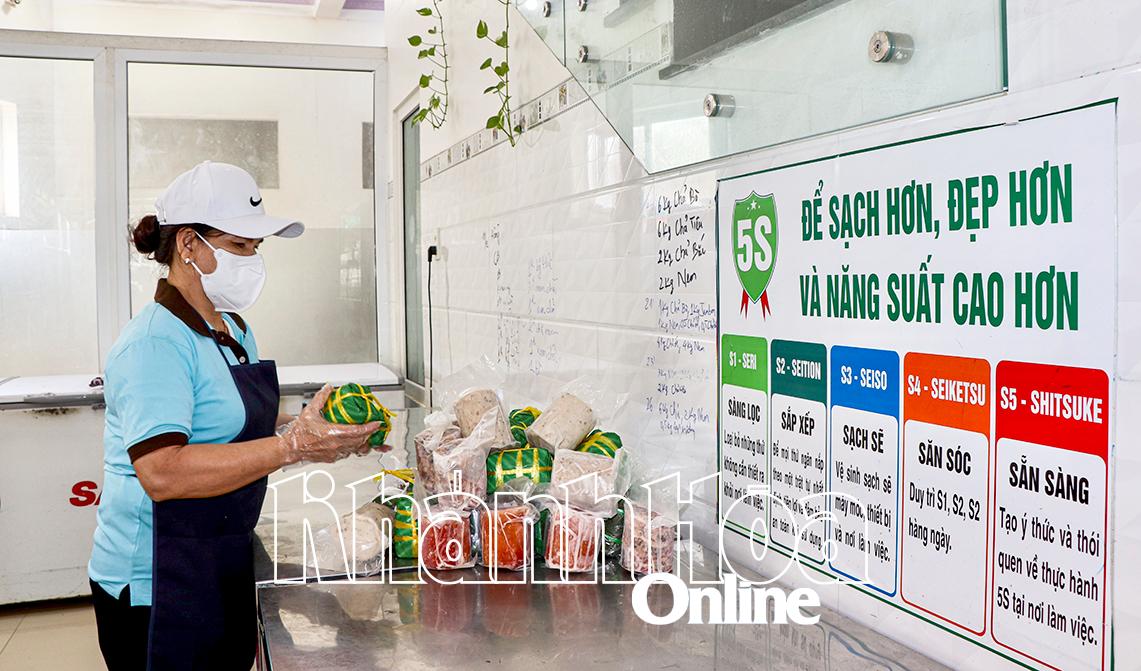
Comment (0)